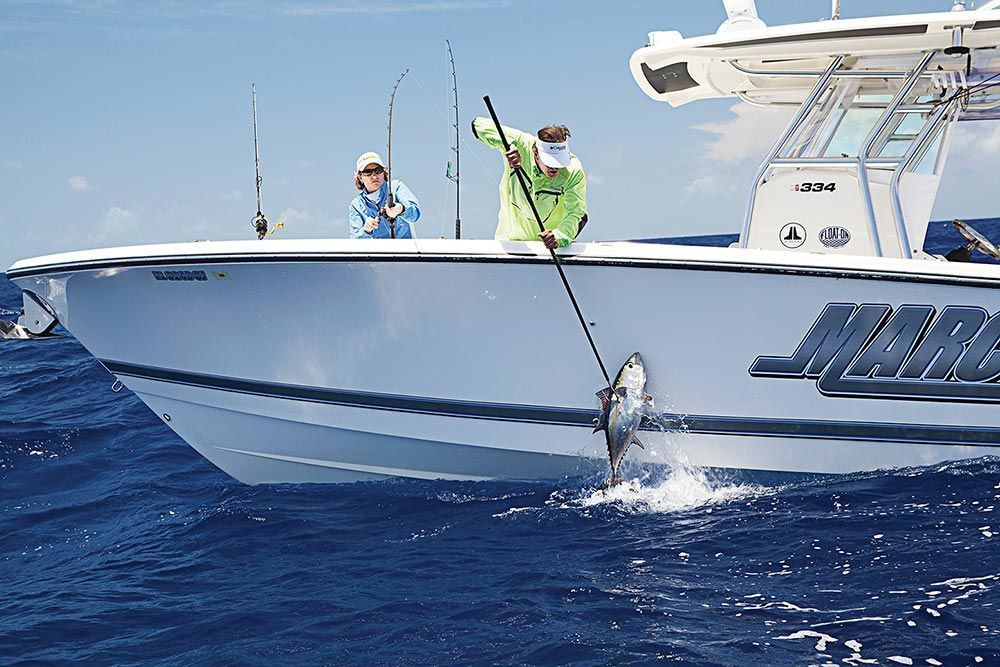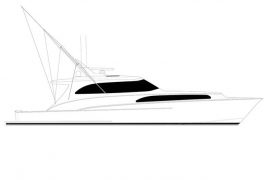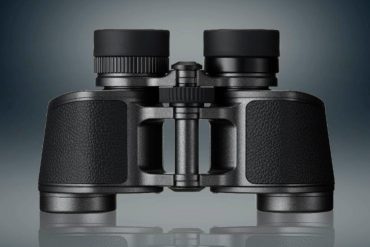
Th e purpose of a leader, in its basic form, is to protect the fishing line against chafing or parting from contact with a fish’s jaws or body. Yet there’s much more to fabricating a leader system than simply tying on a length of heavy monofilament, fluorocarbon or wire.
It’s a skill that takes into account how the fishing outfit will be used and the best leader material for the task. It’s about performance as much as protection.
By the Rules
When fishing for records, or in many tournaments, International Game Fish Association rules stipulate that with lines testing 30 pounds and greater, a maximum of 30 feet of double line or 30 feet of leader is permissible. If both double line and leader are used, the combined length can’t exceed 40 feet.
For lines up to and including 20-pound-class, the allowance is 15 feet of double line or 15 feet of leader. If both are used, the maximum combined length can be no more than 20 feet. A maximum-length leader is especially advantageous in catch-and-release fishing, where winding the leader through the rod tip or having a crew member touch it during the fight constitutes a legal catch. Sailfish and marlin release tournaments are perfect examples. But such leaders aren’t only for targeting billfish; wind-ons are also perfect for besting other large fish the likes of striped bass, snook, tarpon, dolphin and tuna.
Variations of a Theme
For drifting live baits with 20-pound monofilament on both conventional and spin outfits, I rig with a 24-inch Bimini twist on the end of the fishing line and a Bristol knot to join the double line to 40- or 50-pound fluorocarbon leader, for a combined length of 15 feet. For my deep rods, intended for blackfins, kings, wahoo and even sailfish, I stray from IGFA guidelines and opt for a short double line and a 40-foot wind-on leader of 30-pound fluorocarbon, followed by a small barrel swivel and 2 feet of 40-pound fluorocarbon or titanium terminal leader. A removable sinker hangs from an open snap swivel on one leg of the double line, some 40 feet from the bait — where it won’t be noticed or influence the action of the live bait. During the late battle stage, the sinker is removed so the fish can be wound right to the gaff, if desirable table fare, or to gloved hands, if intended for release.
My objective with the mentioned setups is to fashion a leader that’s light enough to coax bites and preserve the action of live baits yet durable enough to withstand abrasion from a rough…





